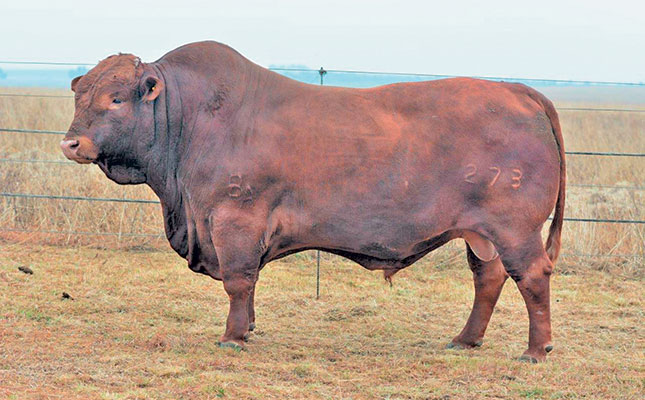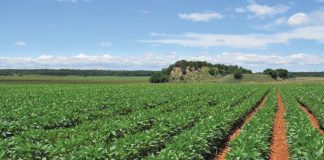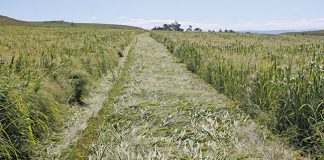
Photo: FW Archive
Using estimated breeding values (EBVs) is crucial in animal selection. Well-adapted, genetically superior animals perform better and are more efficient. Even though the environment plays a large role, it is the genetic value of a trait that determines the true potential of the animal.
Some farmers, however, are convinced that breeding values cannot accurately determine an animal’s genetic merit. A common enquiry is: “The progeny of a bull with average- or below-average breeding values perform well on my farm. Why is this superior performance not reflected in the bull’s breeding values?”
There are a variety of reasons for this. To begin with, an animal may fail to reach its
genetic potential because the environment does not allow it.
In other words, an animal on your farm might have a lower breeding value than a similar
animal in a herd elsewhere, but end up performing better because it is in a more
favourable environment. These conditions enable it to reach its genetic potential, unlike the animal in the other herd.
Variations in progeny
There are also a number of genetic factors that account for these anomalies. These are
based on the way that DNA, the molecular hereditary material of all organisms, operates.
The DNA of an animal must undergo random recombination and then divide equally into two parts.
This means not all of an animal’s progeny receive the same combination of DNA material.
To understand this principle, fill a bowl with 10 red, 10 blue and 10 yellow balls. Now close
your eyes, mix them together, and randomly select 15 balls.
Theoretically, you should have drawn five balls of each colour. In practice, however, this is very rarely the case. In this simple example, there are only 30 balls in three colours.
Imagine the vast number of combinations that are possible out of billions of basepairs in DNA coding strands!
Young animals without any measurements receive a midparent breeding value; this is
the average of its parents’ values and makes the assumption that the half passed onto the progeny is the same in all offspring.
In reality, this does not happen, and breeding values therefore change once measurements of the offspring are known. These reveal the combination of genes that the animal actually received.
It is possible, simply by chance, that the progeny on your farm may end up with more favourable genes than those of the progeny in another herd. This result is more likely to happen when the number of progeny is low.
The forgotten dam
Breeders often lose sight of a very basic truth of reproduction: half of an animal’s genetic make-up originates from its dam. It is true, of course, that a bull contributes far more to the total gene pool of the herd, as a single bull can have many offspring in a calving season, while a cow produces only one.
Nonetheless, each of a bull’s offspring will still have only half of its genes! So the genetic merit of the dam will dilute or enhance the merit of the sire’s contribution to produce inferior or superior offspring.
Looking at the herd as a whole, if the average genetic value of the dams of herd A is superior to that of the dams of herd B, its progeny will be superior, and this might not be reflected in the breeding values of the sire.
Larger vs smaller herds
Superiority is relative. A bull with average or below-average breeding values can produce
calves that are superior in your herd if the herd’s current level of performance is also below breed average.
The offspring of these animals might be superior to those of their herd mates, but they will
not be higher than breed level. This situation occurs mostly in smaller herds, where selection criteria cannot be very strict as a larger proportion of the herd must be retained, and the owner is unlikely to be able to afford the best possible bull.
Herds differ from each other; the superior animals in one herd might not be superior to those in another herd. This does not necessarily mean the animals are poor or the selection
decisions wrong.
Although overall breed performance can be a useful benchmark for herds, your personal resources and preferences will set your own breeding objectives. Use animals that you can afford, and that best suit your breeding objectives.
To sum up, farmers sometimes notice disparities between EBVs and the performance of livestock on their farms, as well as discrepancies between progeny of
the same bull on different farms.
This, by no means, negates the value of EBVs. On the contrary, they are trustworthy tools for the selection of animals.
Source: Steyn, Y. ‘Contradictions between EBVs and performance’. SA Stud Book.











